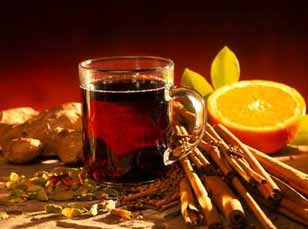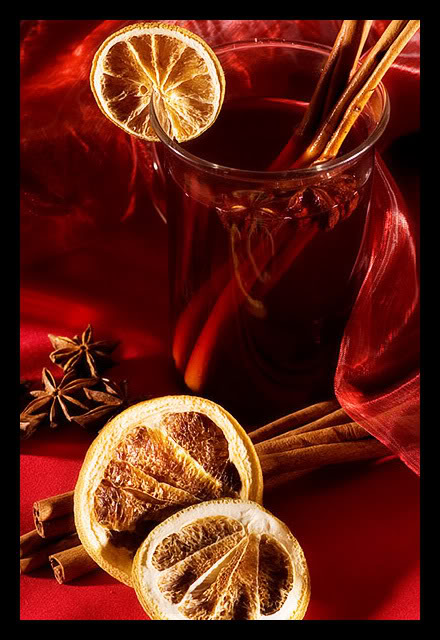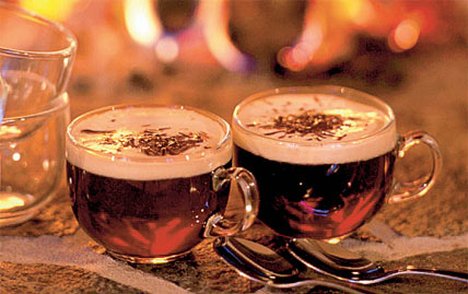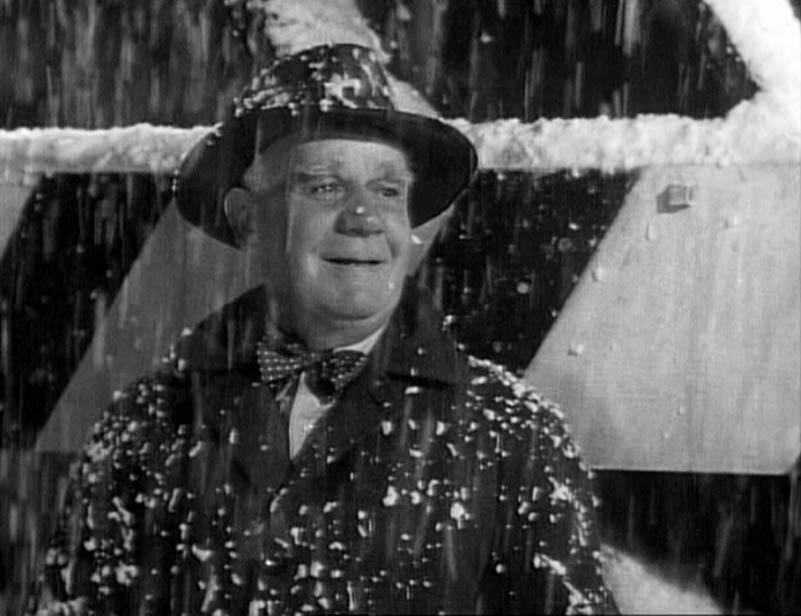Mulled Wine
 The first time I ever heard the term mulled wine, Clarence, the angel in Capra's "It's a Wonderful Life" ordered it while sitting in a bar with George Baily. I was about 7 or 8 years old. Mulled wine, hmmmm it's fall, winters coming, let's take a look see.
The first time I ever heard the term mulled wine, Clarence, the angel in Capra's "It's a Wonderful Life" ordered it while sitting in a bar with George Baily. I was about 7 or 8 years old. Mulled wine, hmmmm it's fall, winters coming, let's take a look see.
In medieval times, sanitation was poor and many believed it was far healthier to drink mulled wine than risk drinking water. There is some truth to the health benefits, as drinking wine in moderation has been linked to reducing the risk of suffering from heart disease, diabetes and dementia. Lemon and orange both contain vitamin C which acts as an antioxidant.
Mulled simply means heated and spiced. So you can have mulled wine, mulled cider, mulled mead, etc. No one knows the true history of mulled wine, but there was medieval mention of Ypocras or Hipocris named after the physician Hippocrates. These drinks were thought to be healthy and served as tonics in the Roman Empire. Fast forward to around 1500 and British cookbooks speak of mulling Clarrey. This was Bordeaux wine infused with honey, cinnamon and cardamom. Those Victorian English enjoyed their mulled wine, and even served a version of it, called Negus, at children’s birthday parties. If you boil the wine when making it, you can burn off the alcohol and I’m sure that’s what the Victorian parents did before serving it.
 Most likely, the drink got its origins from wine sellers who found themselves with some spoiled product. These innovative manufacturers heated their sour merchandise, flavored it with honey and spices and a new drink was born.
Most likely, the drink got its origins from wine sellers who found themselves with some spoiled product. These innovative manufacturers heated their sour merchandise, flavored it with honey and spices and a new drink was born.
No matter what European country you find yourself in around the holidays; you are bound to come across a local version of their mulled wine. The Swedes serve glögg, while the Germans enjoy gluhwein. The French sip vin chaud and the Poles polish off grzane wino. The Hungarians brew up forralt bor and the Italians hand round vin brule. While the basis of mulled wine is nearly the same for everyone, regional differences give each one a special taste. The Swedes add raisins and almonds to theirs, as well as more sugar and usually a bit of extra alcohol like vodka or cognac than most. In Germany, you’ll find a lighter, less sweet version. Gluhwein has less sugar than glögg and more spices like nutmeg, clove and cinnamon.




